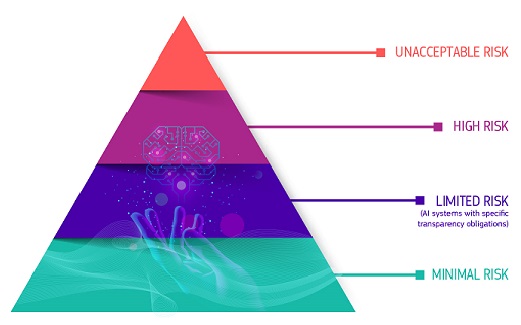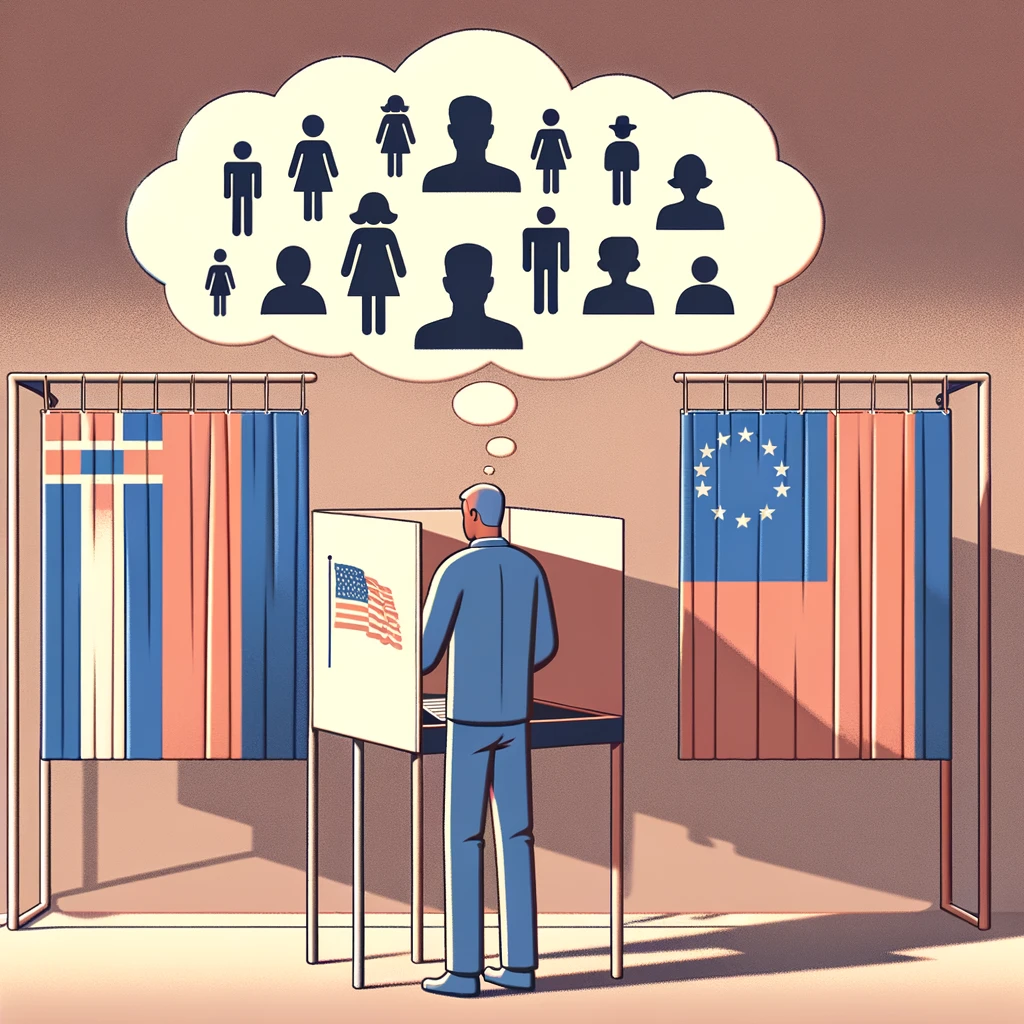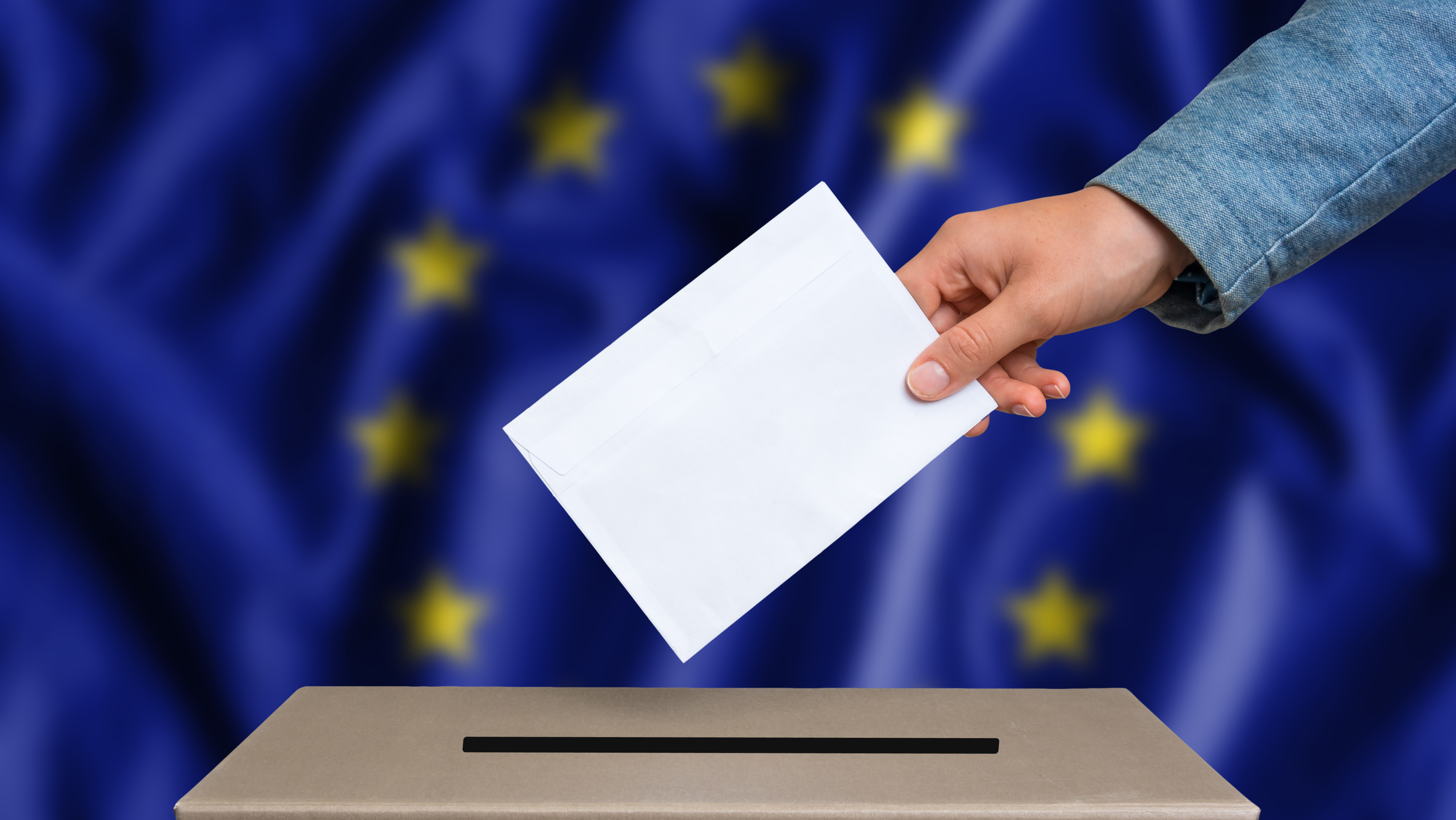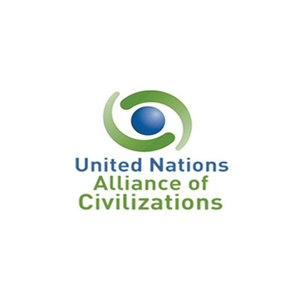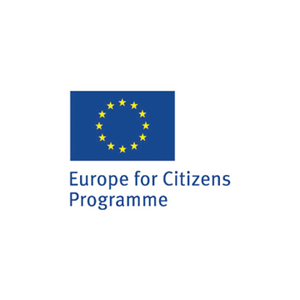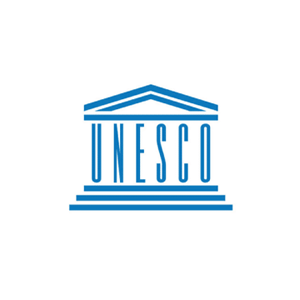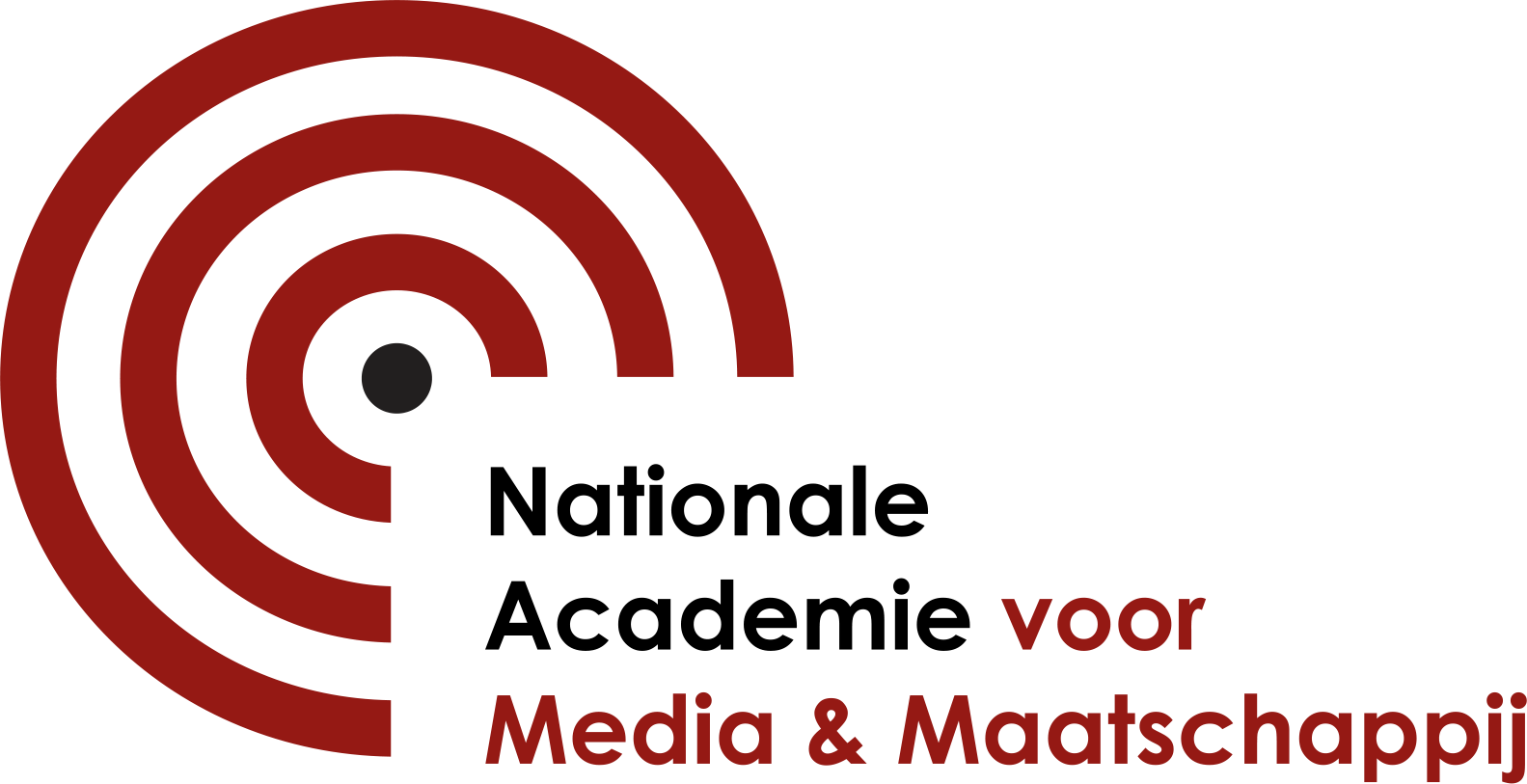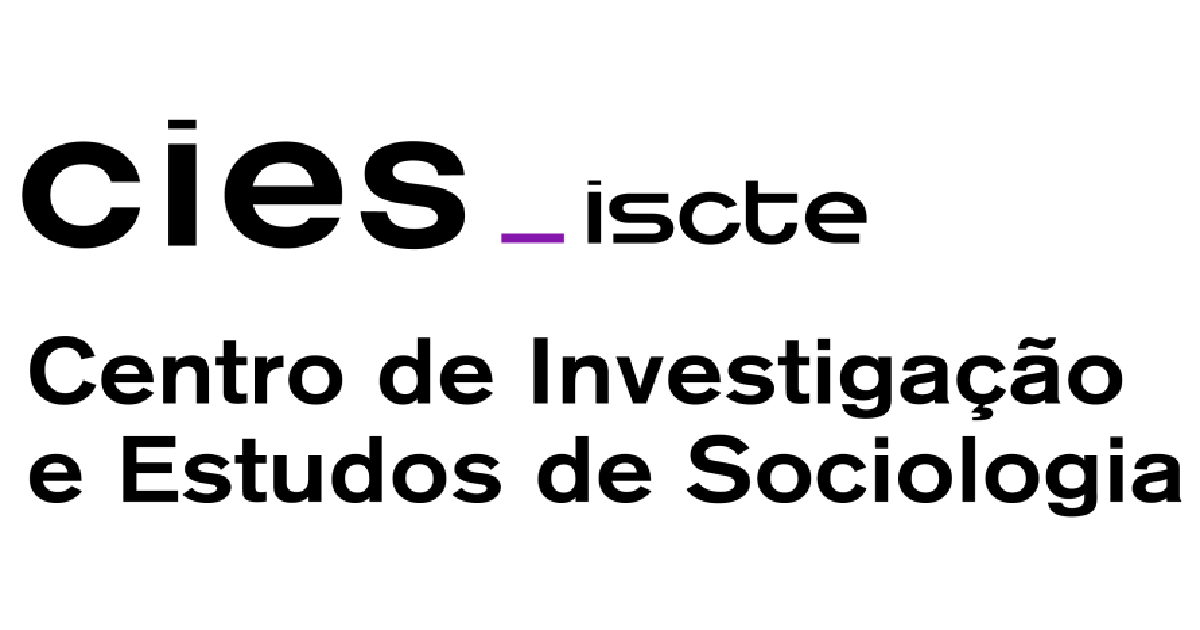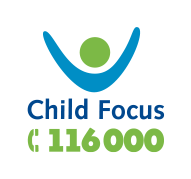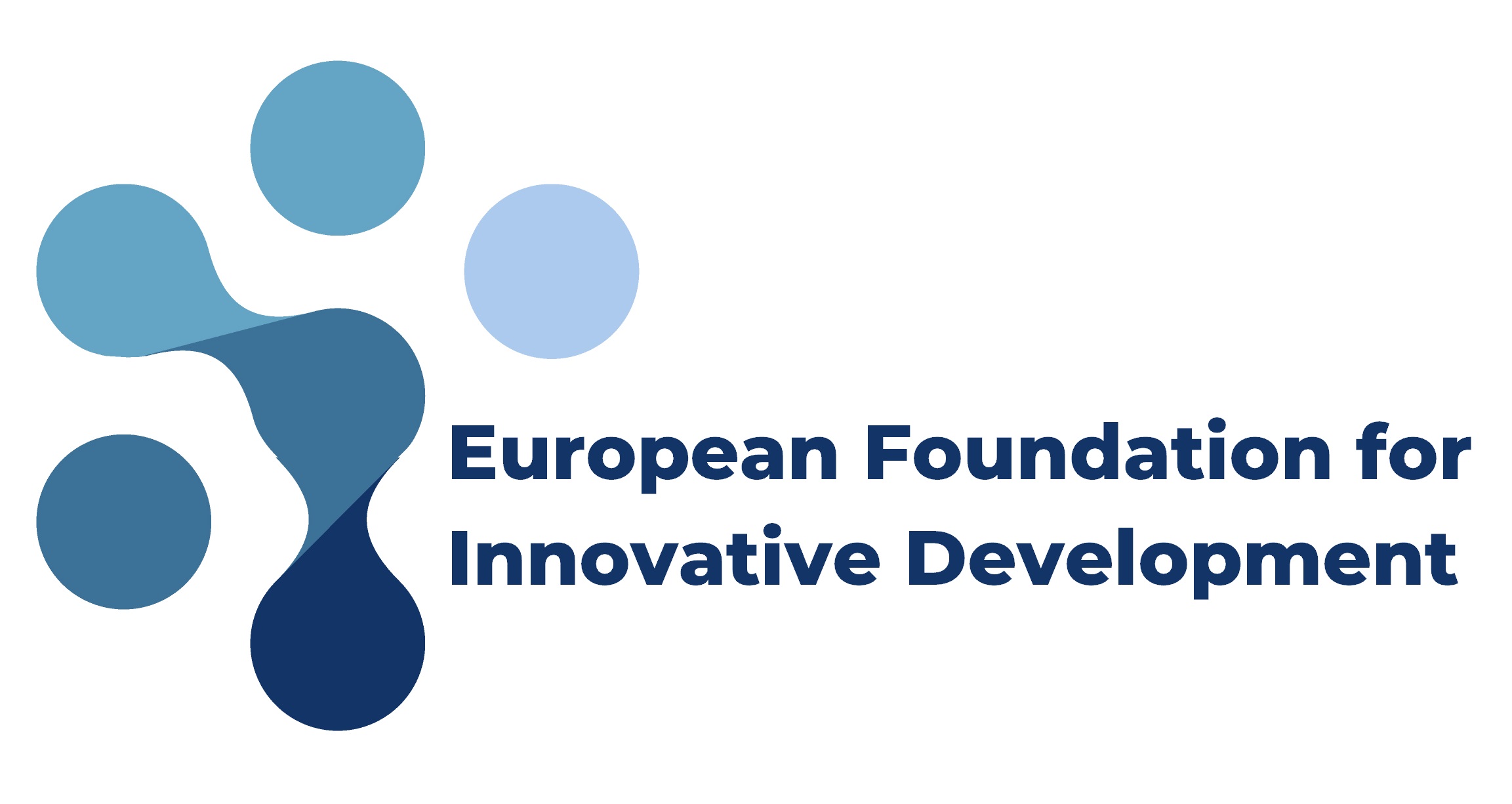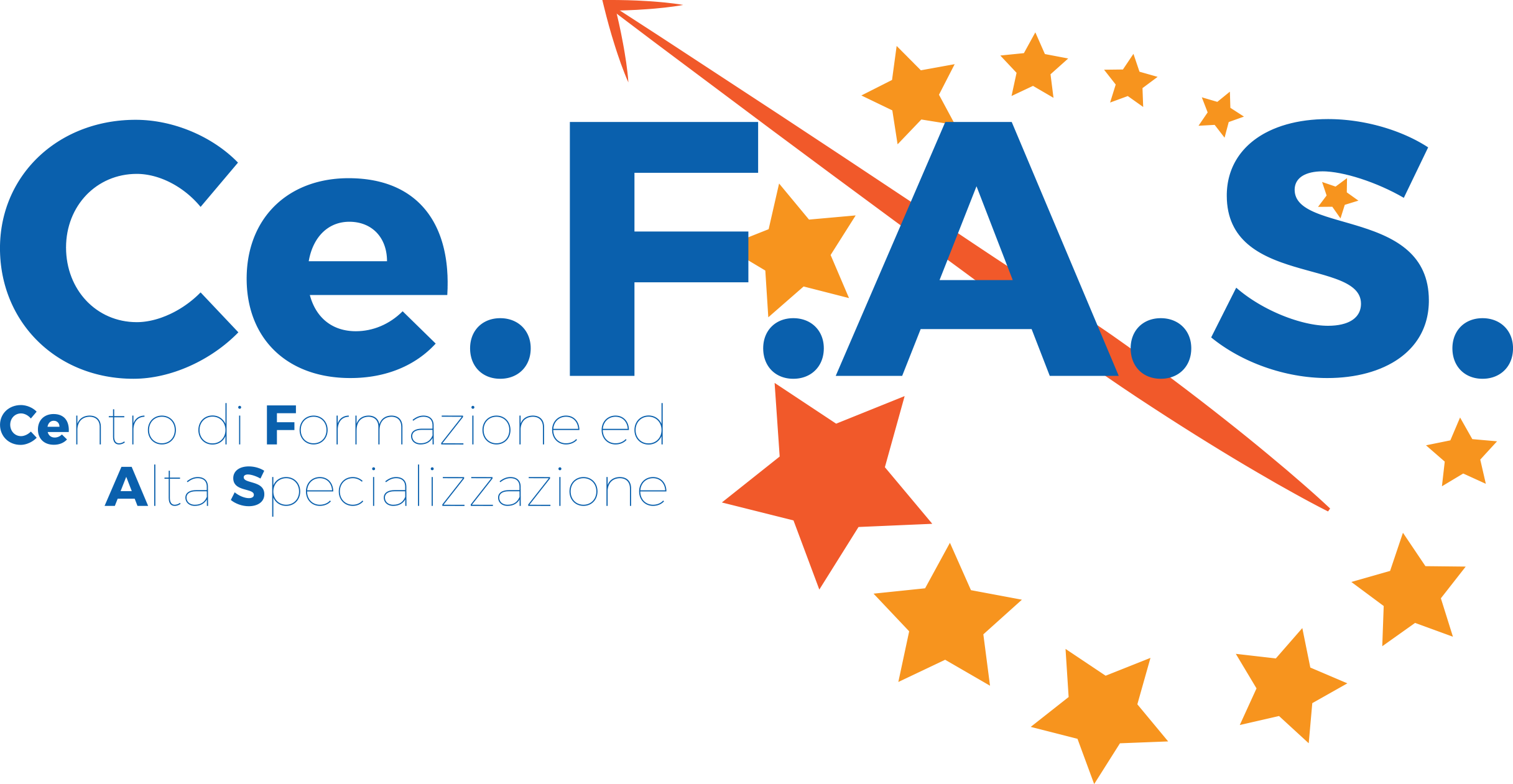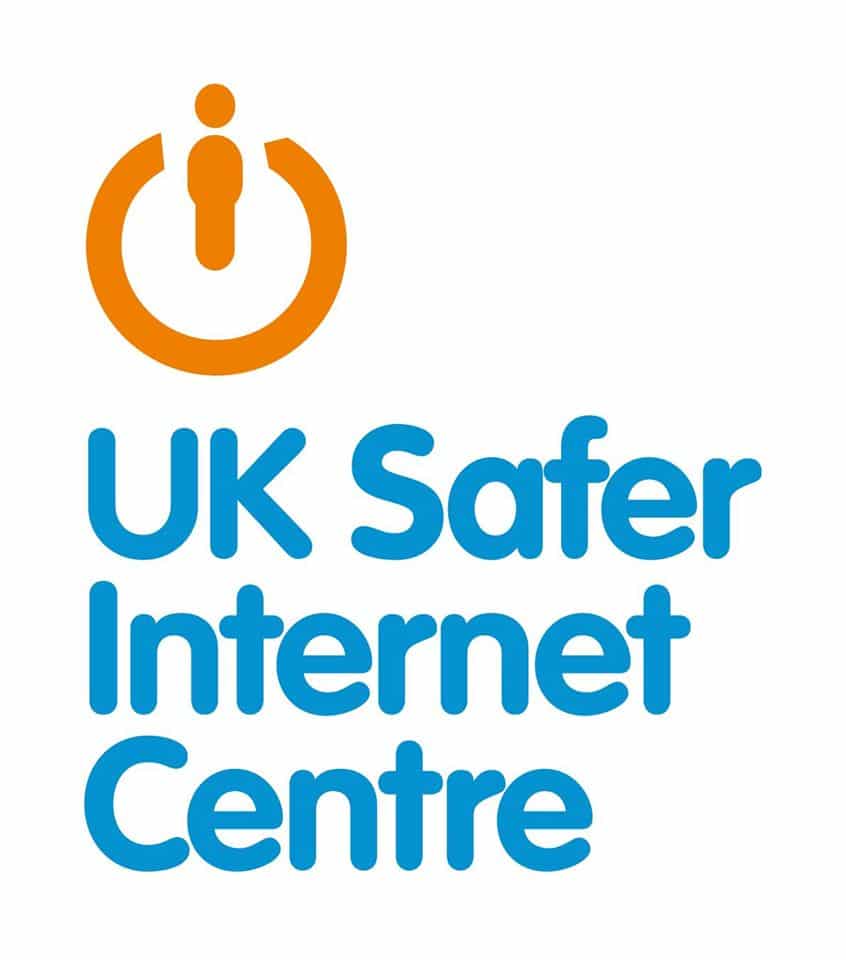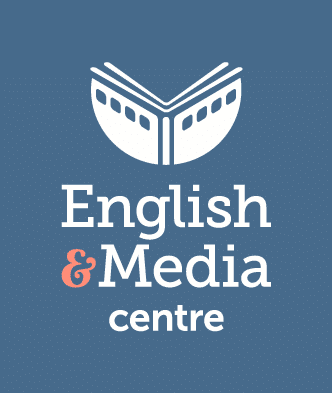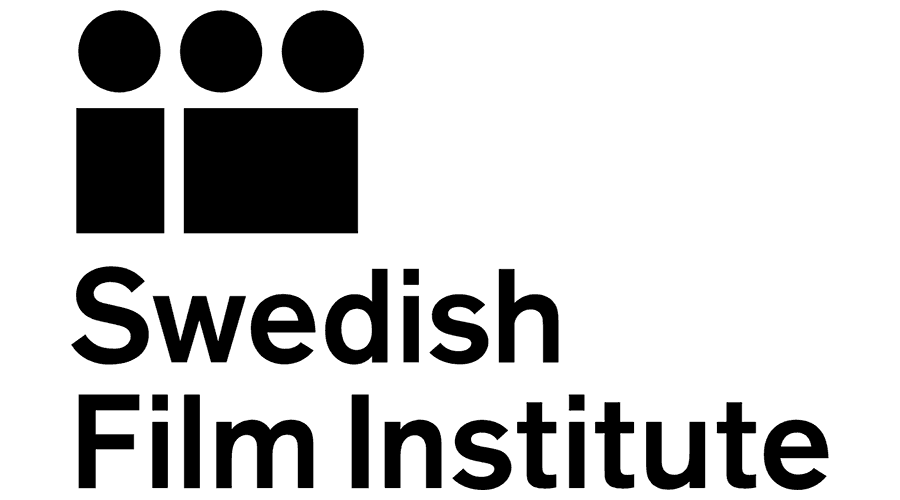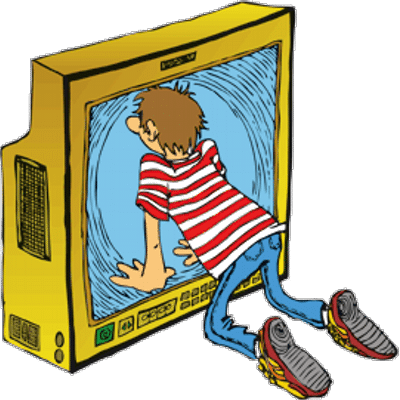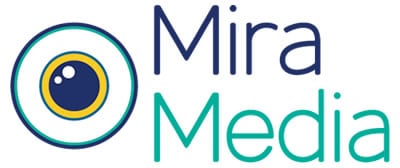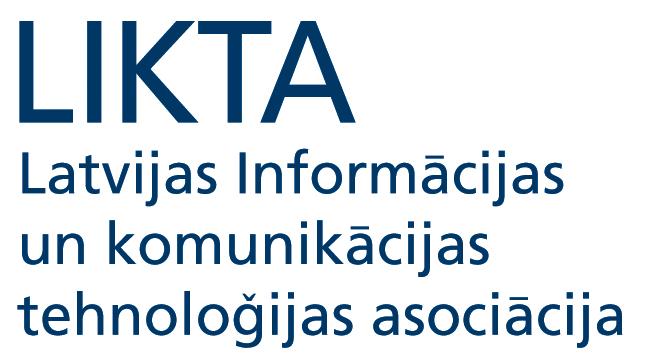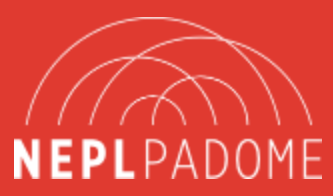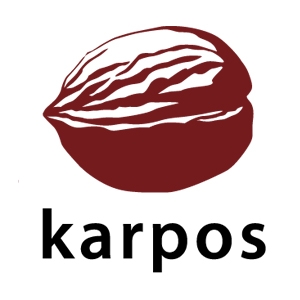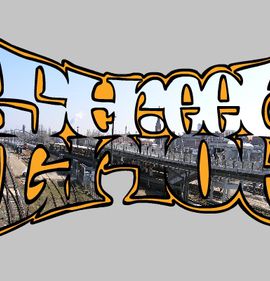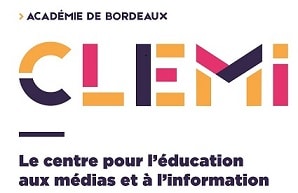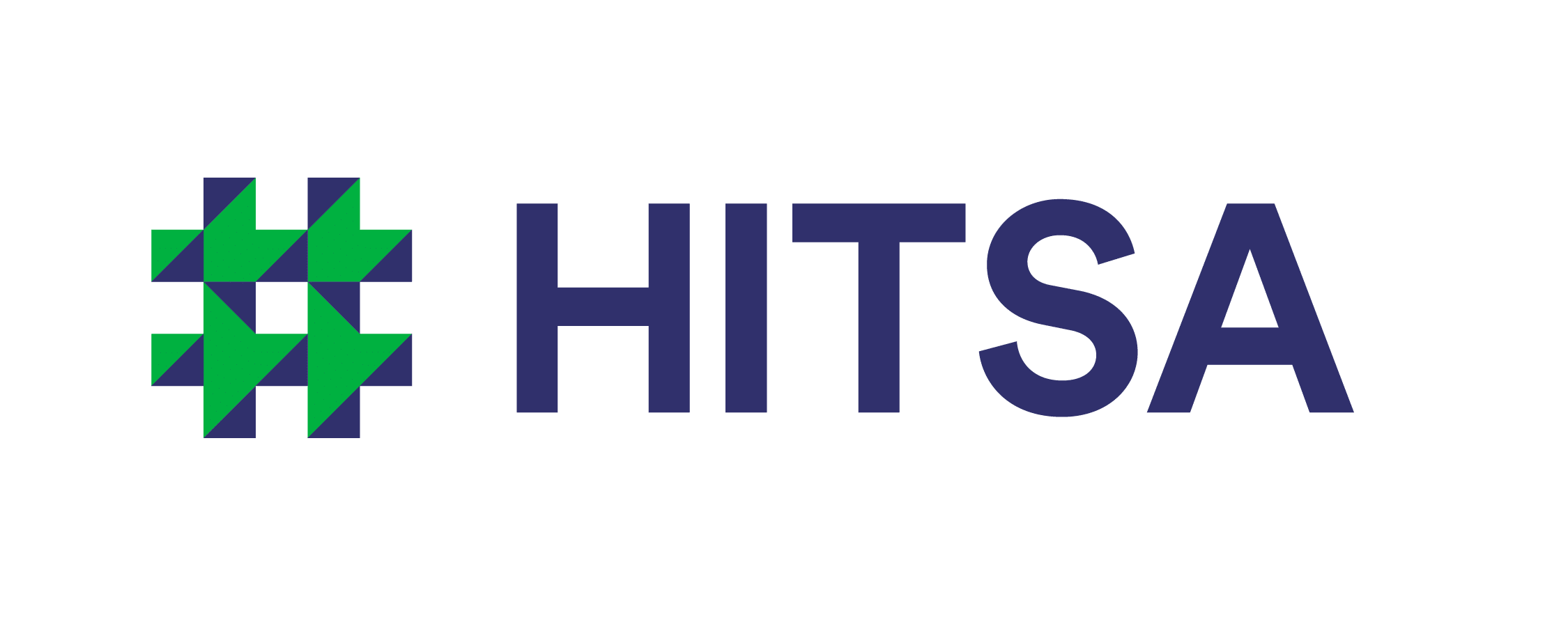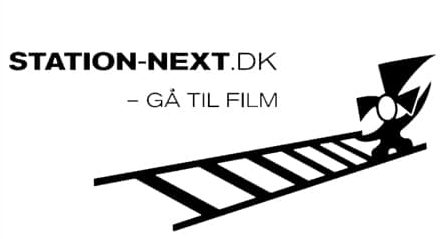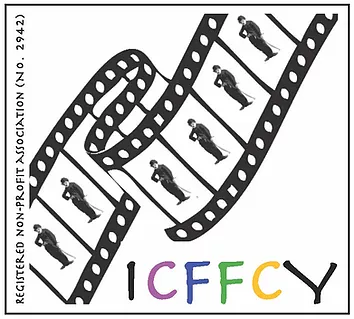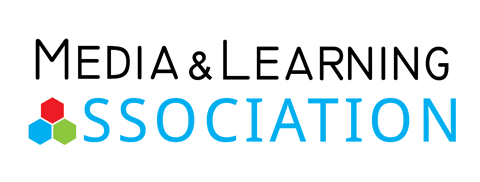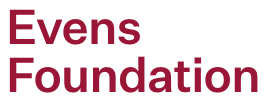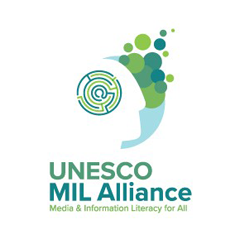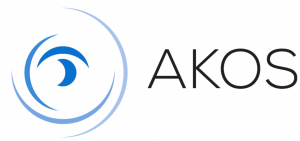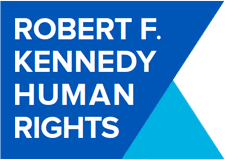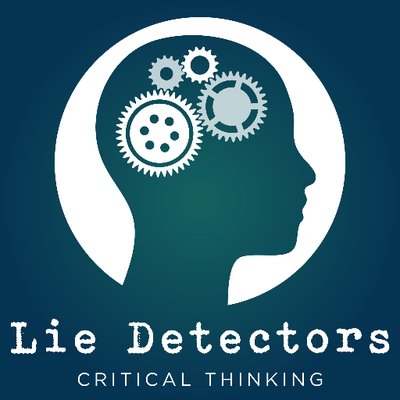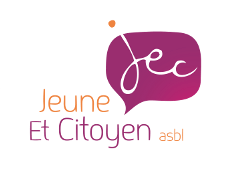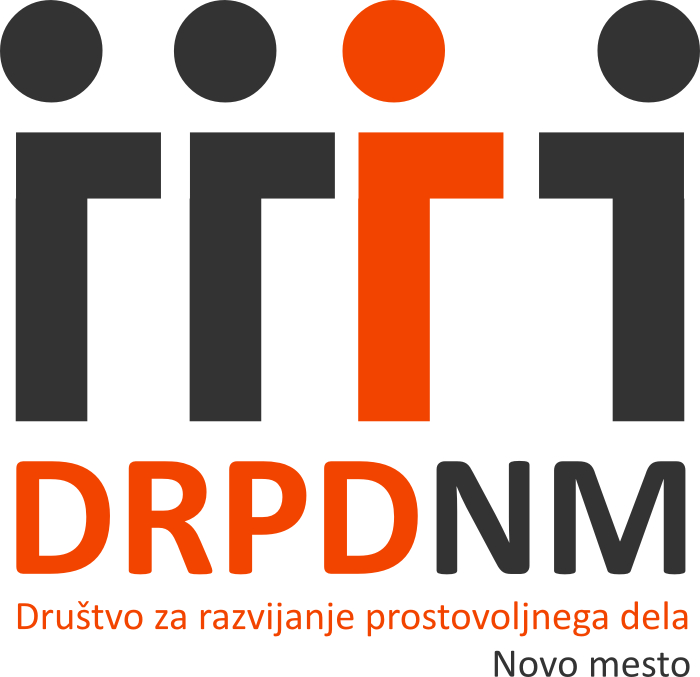
These two images of Brussels Grand Place, taken on the same morning show two very different views of life during the Brussels Lockdown.
In the video #brusselslockdown, Belgian photographer, Jimmy Kets, shows us how photographers can use their craft to manipulate and dramatise the news.
The current generation of young people are more photography savvy than previous generations. Currently, 53% of children aged 9-16 in Europe own a smartphone armed with a reasonable quality camera and the opportunity to utilise apps like Instagram and Snapchat.
We all know how to take selfies, food photos and other lifestyle pics in ways that can make them seem more aesthetically appealing. Often though, we forget that similar methods can be employed by the people and organisations whose job it is to inform us about what goes on in the world.
In the video below from Belgian photographer, Jimmy Kets, he demonstrates the ways in which photographers can choose to manipulate reality in order to dramatise and sensationalise. Kets’ subject is Brussels in the wake of the terror attacks in Paris on November 13th, 2015. The terror alert reached level four and public transport services were shut down across the city while security forces were deployed to protect certain areas.
Kets first shoots a photo of one of the main shopping streets in Brussels with a telelens to flatten the image, making it appear as if there are more people than there really are. Next, he stands to one side and shoots the same street at an angle – without people, saying “one photo fosters fear. In the other there’s nothing wrong. The media can be very dangerous.”
Of course, nowadays, with the use of tools such as Photoshop, photojournalism can also be manipulated in post-production. In 2013, the winner of the World Press Photo of the year, Paul Hanson, was criticised for having edited his image (shown below) of a funeral procession in Gaza. The raw version of the photo was examined against the one we see below by World Press and found to be essentially the same except for some treatment to the lighting. Despite this, many believed the photo was doctored to emphasise the suffering of Palestinians whilst being too critical of Israel.

In this photo provided on Friday Feb. 15, 2013 by World Press Photo, the 2013 World Press Photo of the year by Paul Hansen, Sweden, for Dagens Nyheter, shows two-year-old Suhaib Hijazi and her three-year-old brother Muhammad who were killed when their house was destroyed by an Israeli missile strike.
Both of the examples above pose some interesting questions.
- We often think of photography as truth but what if photographs can lie?
- Can there be such a thing as objectivity in photojournalism?
- Is the boundary between photojournalism and artistic or commercial photography being blurred with the use of post-production tools like Photoshop?
Watch Jimmy Kets video #brusselslockdown below.

These two images of Brussels Grand Place, taken on the same morning show two very different views of life during the Brussels Lockdown.
In the video #brusselslockdown, Belgian photographer, Jimmy Kets, shows us how photographers can use their craft to manipulate and dramatise the news.
The current generation of young people are more photography savvy than previous generations. Currently, 53% of children aged 9-16 in Europe own a smartphone armed with a reasonable quality camera and the opportunity to utilise apps like Instagram and Snapchat.
We all know how to take selfies, food photos and other lifestyle pics in ways that can make them seem more aesthetically appealing. Often though, we forget that similar methods can be employed by the people and organisations whose job it is to inform us about what goes on in the world.
In the video below from Belgian photographer, Jimmy Kets, he demonstrates the ways in which photographers can choose to manipulate reality in order to dramatise and sensationalise. Kets’ subject is Brussels in the wake of the terror attacks in Paris on November 13th, 2015. The terror alert reached level four and public transport services were shut down across the city while security forces were deployed to protect certain areas.
Kets first shoots a photo of one of the main shopping streets in Brussels with a telelens to flatten the image, making it appear as if there are more people than there really are. Next, he stands to one side and shoots the same street at an angle – without people, saying “one photo fosters fear. In the other there’s nothing wrong. The media can be very dangerous.”
Of course, nowadays, with the use of tools such as Photoshop, photojournalism can also be manipulated in post-production. In 2013, the winner of the World Press Photo of the year, Paul Hanson, was criticised for having edited his image (shown below) of a funeral procession in Gaza. The raw version of the photo was examined against the one we see below by World Press and found to be essentially the same except for some treatment to the lighting. Despite this, many believed the photo was doctored to emphasise the suffering of Palestinians whilst being too critical of Israel.

In this photo provided on Friday Feb. 15, 2013 by World Press Photo, the 2013 World Press Photo of the year by Paul Hansen, Sweden, for Dagens Nyheter, shows two-year-old Suhaib Hijazi and her three-year-old brother Muhammad who were killed when their house was destroyed by an Israeli missile strike.
Both of the examples above pose some interesting questions.
- We often think of photography as truth but what if photographs can lie?
- Can there be such a thing as objectivity in photojournalism?
- Is the boundary between photojournalism and artistic or commercial photography being blurred with the use of post-production tools like Photoshop?
Watch Jimmy Kets video #brusselslockdown below.

These two images of Brussels Grand Place, taken on the same morning show two very different views of life during the Brussels Lockdown.
In the video #brusselslockdown, Belgian photographer, Jimmy Kets, shows us how photographers can use their craft to manipulate and dramatise the news.
The current generation of young people are more photography savvy than previous generations. Currently, 53% of children aged 9-16 in Europe own a smartphone armed with a reasonable quality camera and the opportunity to utilise apps like Instagram and Snapchat.
We all know how to take selfies, food photos and other lifestyle pics in ways that can make them seem more aesthetically appealing. Often though, we forget that similar methods can be employed by the people and organisations whose job it is to inform us about what goes on in the world.
In the video below from Belgian photographer, Jimmy Kets, he demonstrates the ways in which photographers can choose to manipulate reality in order to dramatise and sensationalise. Kets’ subject is Brussels in the wake of the terror attacks in Paris on November 13th, 2015. The terror alert reached level four and public transport services were shut down across the city while security forces were deployed to protect certain areas.
Kets first shoots a photo of one of the main shopping streets in Brussels with a telelens to flatten the image, making it appear as if there are more people than there really are. Next, he stands to one side and shoots the same street at an angle – without people, saying “one photo fosters fear. In the other there’s nothing wrong. The media can be very dangerous.”
Of course, nowadays, with the use of tools such as Photoshop, photojournalism can also be manipulated in post-production. In 2013, the winner of the World Press Photo of the year, Paul Hanson, was criticised for having edited his image (shown below) of a funeral procession in Gaza. The raw version of the photo was examined against the one we see below by World Press and found to be essentially the same except for some treatment to the lighting. Despite this, many believed the photo was doctored to emphasise the suffering of Palestinians whilst being too critical of Israel.

In this photo provided on Friday Feb. 15, 2013 by World Press Photo, the 2013 World Press Photo of the year by Paul Hansen, Sweden, for Dagens Nyheter, shows two-year-old Suhaib Hijazi and her three-year-old brother Muhammad who were killed when their house was destroyed by an Israeli missile strike.
Both of the examples above pose some interesting questions.
- We often think of photography as truth but what if photographs can lie?
- Can there be such a thing as objectivity in photojournalism?
- Is the boundary between photojournalism and artistic or commercial photography being blurred with the use of post-production tools like Photoshop?
Watch Jimmy Kets video #brusselslockdown below.

